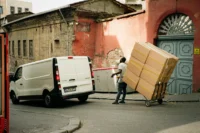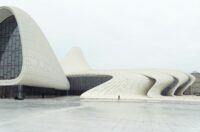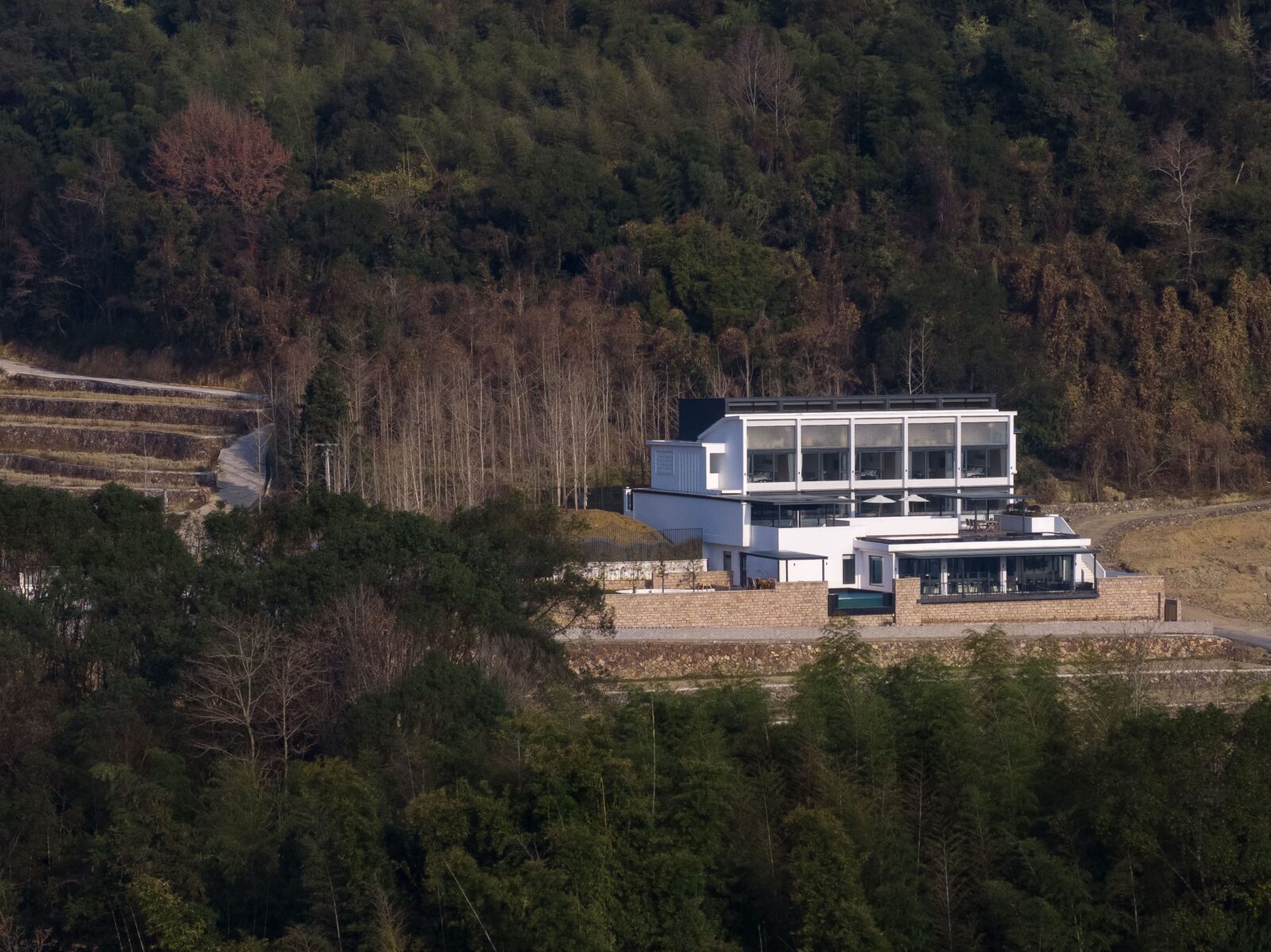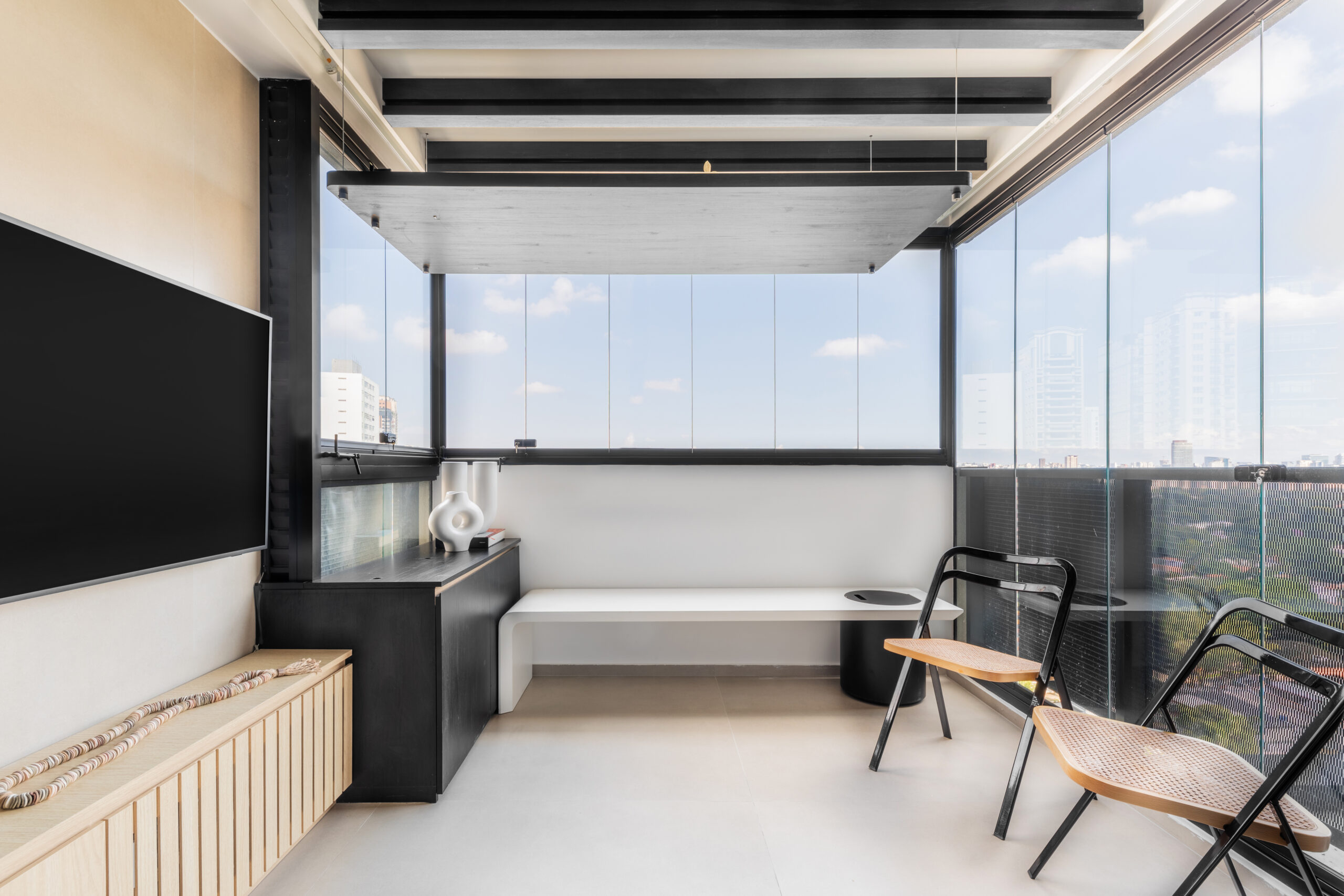- Home
- Articles
- Architectural Portfolio
- Architectral Presentation
- Inspirational Stories
- Architecture News
- Visualization
- BIM Industry
- Facade Design
- Parametric Design
- Career
- Landscape Architecture
- Construction
- Artificial Intelligence
- Sketching
- Design Softwares
- Diagrams
- Writing
- Architectural Tips
- Sustainability
- Courses
- Concept
- Technology
- History & Heritage
- Future of Architecture
- Guides & How-To
- Art & Culture
- Projects
- Interior Design
- Competitions
- Jobs
- Store
- Tools
- More
- Home
- Articles
- Architectural Portfolio
- Architectral Presentation
- Inspirational Stories
- Architecture News
- Visualization
- BIM Industry
- Facade Design
- Parametric Design
- Career
- Landscape Architecture
- Construction
- Artificial Intelligence
- Sketching
- Design Softwares
- Diagrams
- Writing
- Architectural Tips
- Sustainability
- Courses
- Concept
- Technology
- History & Heritage
- Future of Architecture
- Guides & How-To
- Art & Culture
- Projects
- Interior Design
- Competitions
- Jobs
- Store
- Tools
- More
67 Social Housing Units by Vivas Arquitectos and Pau Vidal
As a prominent part of Barcelona’s largest social housing initiative, Building C at Illa Glòries emerges as a forward-thinking response to urban density, sustainability, and social integration.

As a prominent part of Barcelona’s largest social housing initiative, Building C at Illa Glòries emerges as a forward-thinking response to urban density, sustainability, and social integration. Designed by Vivas Arquitectos in collaboration with Pau Vidal, this segment of the development introduces 67 of the project’s 238 total residences, advancing innovative living concepts within a rapidly evolving cityscape.

Table of Contents
ToggleArchitecture Rooted in Community and Climate
The building’s design revolves around enhancing both environmental performance and social connectivity. Its configuration—centered on an internal courtyard and wrapped with external access galleries—promotes natural ventilation and daylight penetration, contributing to a healthier, more energy-efficient habitat.
One of the most defining aspects of the project lies in its reinterpretation of traditional communal living. The external galleries, serving as semi-public transitional spaces, blur the boundary between private life and shared experience. This spatial strategy echoes the essence of single-family living within a collective framework, enabling personal independence while fostering spontaneous neighborly interaction. These galleries also function as passive climate modifiers, aiding in thermal regulation and extending domestic life outward into a shared architectural language.

Urban Setting and Strategic Positioning
Set within the urban tapestry of the Glòries Catalanes square—a pivotal junction connecting Gran Via, Avinguda Diagonal, and Avinguda Meridiana—the Illa Glòries development benefits from Barcelona’s strategic mobility planning. Each avenue plays a distinct role: Gran Via emphasizes coastal connectivity and reduced vehicular dominance; Diagonal anchors the Eixample district; and Meridiana undergoes a character transformation upon entering Glòries.
Additionally, Carrer de Ribes acts as a civic spine, enhancing pedestrian and cyclist pathways while linking community amenities across adjacent neighborhoods. Within the Superilla area defined by Consell de Cent, Castillejos, Bolívia, and Independència streets, Illa Glòries stands as a model for inclusive, pedestrian-centered urban development.

A Closer Look at Building C
Building C distinguishes itself through a flexible architectural typology that responds to varying site conditions and social needs. Homes are designed with dual orientation to enhance cross-ventilation and daylight access, improving indoor environmental quality. The circulation is managed through exterior galleries that connect to an open courtyard, optimizing passive climate strategies.
Above the fifth floor, the building leverages the absence of Block B to reorient units southward. This maneuver enhances solar exposure and repositions the walkways to the north façade, effectively improving both views and indoor comfort.
Communal experience is emphasized not just through shared access paths but also via open terraces and through-building voids. These interruptions in mass create vertical and horizontal transparency, boosting airflow and light while encouraging a sense of openness throughout the structure.
The building envelope employs mobile elements and vertical slits that allow for adaptive thermal control and visual connection. The access galleries—acting as multi-functional thresholds—shift seasonally to optimize comfort: open in summer for cooling, and enclosed in winter to harvest passive heat. These adaptable features reduce reliance on mechanical systems, supporting the building’s near-zero energy goal.

Structural Composition and Energy Strategy
Formally, the building presents a horizontal stratification—alternating bands of communal walkways, private spaces, and structural elements—contrasted by vertical openings and voids that visually connect different levels. This dynamic composition aligns with the architectural rhythm of the broader development.
The construction prioritizes sustainability and efficiency. A dry façade system, with high pre-fabrication content, reduces the building’s carbon footprint. Reinforced concrete provides the structural backbone, while energy infrastructure includes central aerothermal systems and rooftop solar panels, ensuring the building meets nearly zero-energy building (NZEB) standards.
With a total of 11 floors along Gran Via—ground level, parking basement, and nine standard floors plus two additional upper levels—Building C exemplifies how social housing can deliver architectural excellence, environmental responsibility, and vibrant urban living.
Trained as an architect and seasoned in the editorial trenches, I turn raw design concepts into compelling narratives that resonate beyond studio walls. My work spans in-depth project spotlights, interviews with visionary designers, and analysis pieces that distill complex technical data into accessible insights. Whether polishing copy for publication or generating original features, I draw on years of practice to ensure every sentence captures architecture’s rigor, poetry, and cultural impact—inviting professionals and enthusiasts alike to see the built environment through a sharper, more inspired lens.
1 Comment
Submit your architectural projects
Follow these steps for submission your project. Submission FormLatest Posts
Between the Playful and the Vintage, Studio KP Arquitetura Transforms a Creative Multifunctional Space
Beyond its aesthetic and symbolic appeal, the project integrates technological solutions for...
An Experimental Renewal of Mountain Architecture: Valley Homestay in Linggen Village
In Zhejiang’s Linggen Village, a forgotten mountain building has been reimagined into...
James Baldwin Media Library and Refugee House by associer
In Paris’s 19th arrondissement, Atelier Associer has reimagined a 1970s secondary school...
43m² Apartment Innovates by Dividing Spaces Without Losing a Sense of Openness
Located in Pinheiros (São Paulo), the project by Zalc Arquitetura relies on...
























This is my first time pay a quick visit at here and i am really happy to read everthing at one place